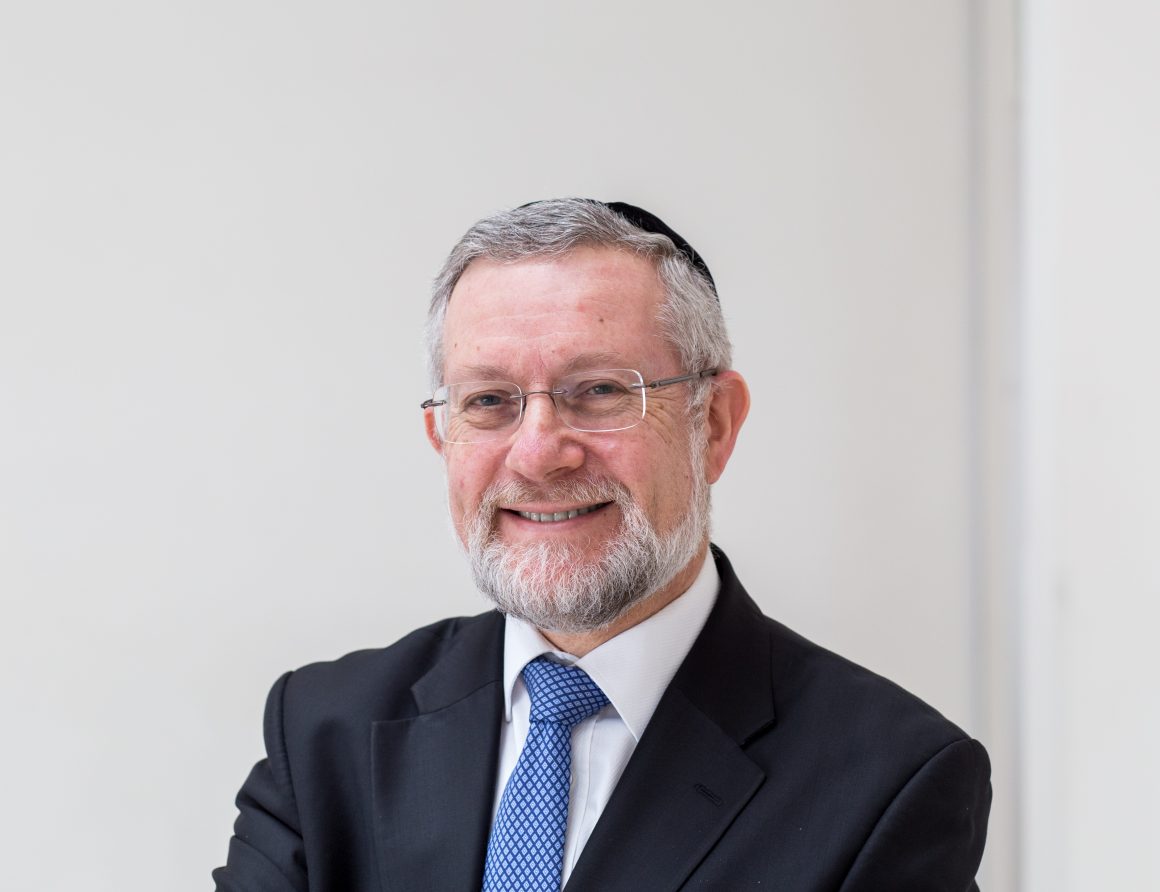HAVDALAH IN EGYPT
Before G-d strikes Egypt with the fourth plague, he has Moses declare to Pharaoh: “I will make a distinction between my people and your people.” (Shemot 8:19). When the plague struck the Hebrews living in Goshen were completely unaffected.
When we make Havdalah at the end of Shabbat, we bless G-d who has separated “between the holy and profane, between light and darkness, between Israel and the nations, and between the seventh day and the other days of creation.”
The late Rav Soloveitchik z”l (d. 1993) pointed out that there are distinctions between these different kinds of Havdalah. The Havdalah between light and dark is there for all to see. There are many examples in the natural world where animals and plants respond differently to light and darkness. The Havdalah between holy and profane is much more difficult to discern. It is not necessarily obvious to the human eye. The heart and soul need to be engaged to perceive the difference between the holy and the profane.
The author of the Havdalah prayer then refers to the distinction between Israel and the nations. Sometimes, this is obvious, as distinct as the difference between light and dark. When Jews rise to their destiny and live as a holy nation the contrast between them and other nations is apparent to all. When they abandon G-d, there is no obvious evidence of Havdalah. Yet the spiritual distinction still persists. Even if it is mired in sin, there remains something holy and mysterious about the Jewish soul which can neither be erased nor destroyed.
In Egypt the Israelites lived in an era when the Egyptians and many Israelites worshipped idols. One could barely perceive the difference between them. Yet G-d noticed the difference and made the Havdalah. The very word ‘Passover” expresses this idea when G-d made that separation when, superficially, there seemed no reason to do so.


